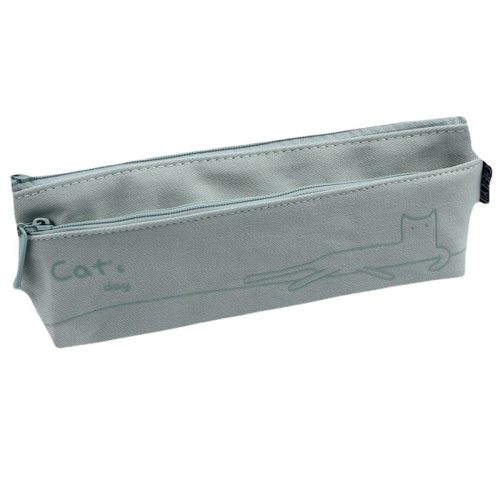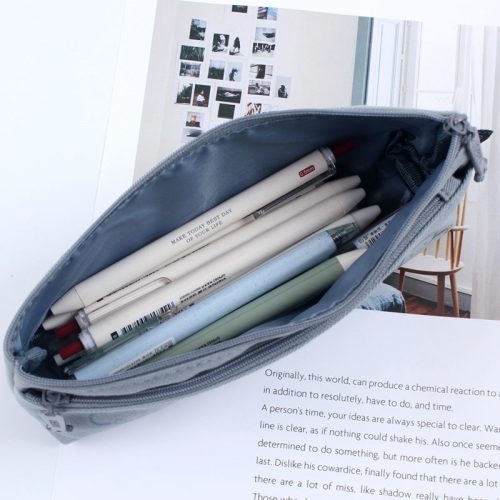Pencil calligraphy is a unique and visually appealing writing style that combines the elegance of traditional calligraphy with the simplicity and accessibility of pencil as a writing tool. This form of artful writing allows individuals to create decorative, stylized text using pencils. Here’s a closer look at pencil calligraphy:
- Materials: Pencil calligraphy typically requires only a pencil, paper, and an eraser. The type of pencil used can vary, but artists often prefer softer pencils (e.g., 2B or 4B) because they allow for smoother and darker lines.
- Styles: Pencil calligraphy encompasses a variety of calligraphic styles, each with its own distinctive characteristics. Popular styles include italic, cursive, copperplate, and modern calligraphy. Artists can choose a style that suits their preferences and the message they want to convey.
- Decorative Flourishes: One of the defining features of pencil calligraphy is the use of decorative flourishes, swirls, and embellishments. These additions enhance the aesthetic appeal of the writing and can make it look more elegant and artistic.
- Line Variations: Achieving variations in line thickness (thick and thin strokes) is a hallmark of calligraphy. In pencil calligraphy, artists can achieve this effect by adjusting the pressure on the pencil. Light pressure creates thin lines, while heavier pressure creates thicker lines.
- Guidelines: Guidelines or grid lines may be used to maintain consistent letter height and spacing. These guidelines help artists create balanced and well-proportioned calligraphy.
- Practice and Skill Development: Pencil calligraphy, like traditional calligraphy, requires practice to master. Artists must develop a steady hand and control over their strokes to create precise and attractive letterforms.
- Creative Expression: Pencil calligraphy allows for creative expression through the choice of lettering style, colors (if colored pencils are used), and the incorporation of unique artistic elements. Artists can personalize their calligraphy to convey different moods and messages.
- Versatility: Pencil calligraphy is versatile and can be used for various purposes. It’s often employed in creating greeting cards, invitations, handwritten notes, artwork, and decorative signs. It’s a valuable skill for adding a personal touch to handwritten communications.
- Accessible to Beginners: Unlike some traditional calligraphy tools, which can be expensive and require specialized inks and papers, pencil calligraphy is accessible to beginners. It’s a great way for newcomers to explore calligraphy without a significant initial investment.
- Erasing and Corrections: Pencils offer the advantage of easy erasing and correction, allowing artists to refine their work as they go along. This makes it forgiving for those who are learning or making minor mistakes.
- Inspirational Quotes: Pencil calligraphy is often used to beautifully render inspirational quotes or favorite phrases, enhancing the visual impact of the message.
- Artistic Growth: Pencil calligraphy can serve as a gateway to more advanced calligraphy techniques using dip pens, brushes, or other specialized tools. As artists hone their skills in pencil calligraphy, they may be inspired to explore other forms of this art.
In conclusion, pencil calligraphy is a captivating fusion of traditional calligraphy principles and the accessibility of pencils. It offers a unique and artistic way to convey messages, decorate paper, and add a touch of elegance to handwritten creations. Whether for personal expression, art projects, or decorative purposes, pencil calligraphy allows individuals to infuse their writing with beauty and creativity.


